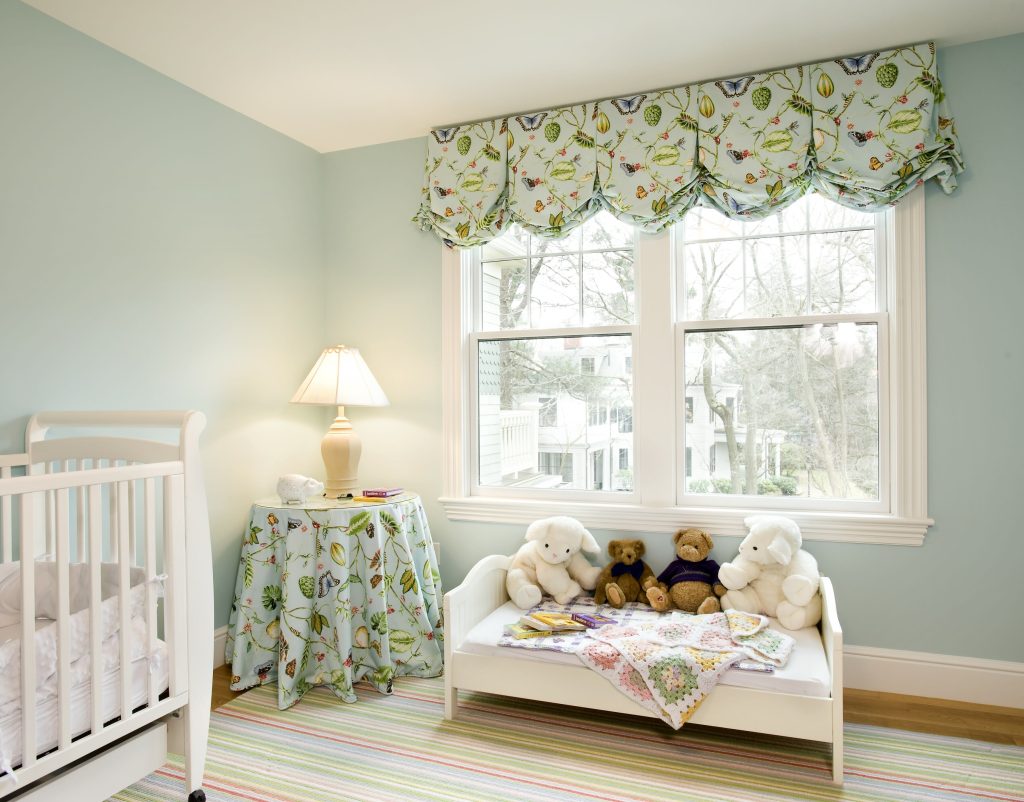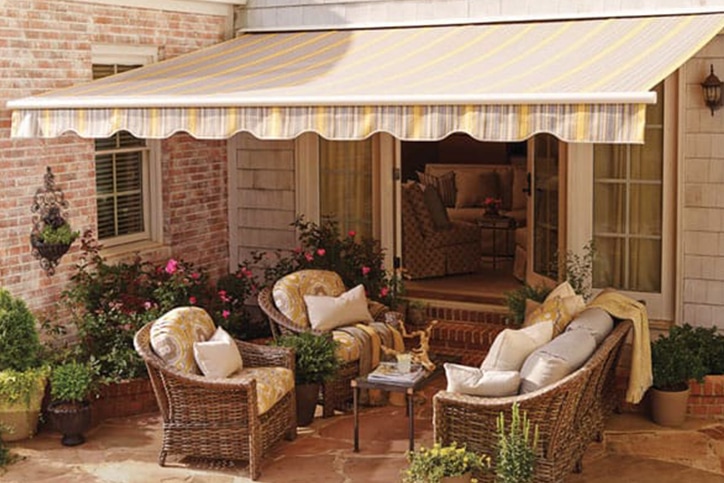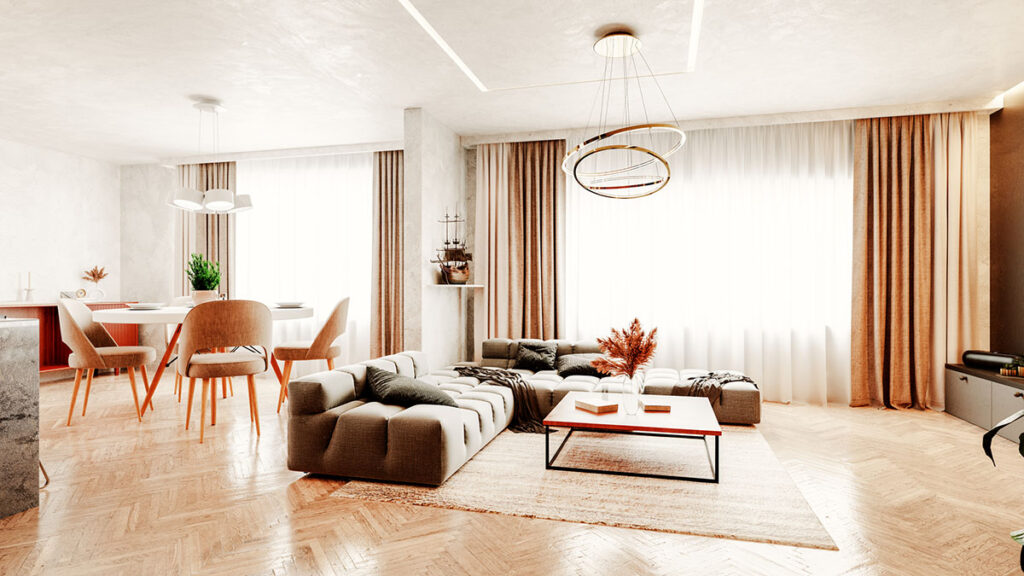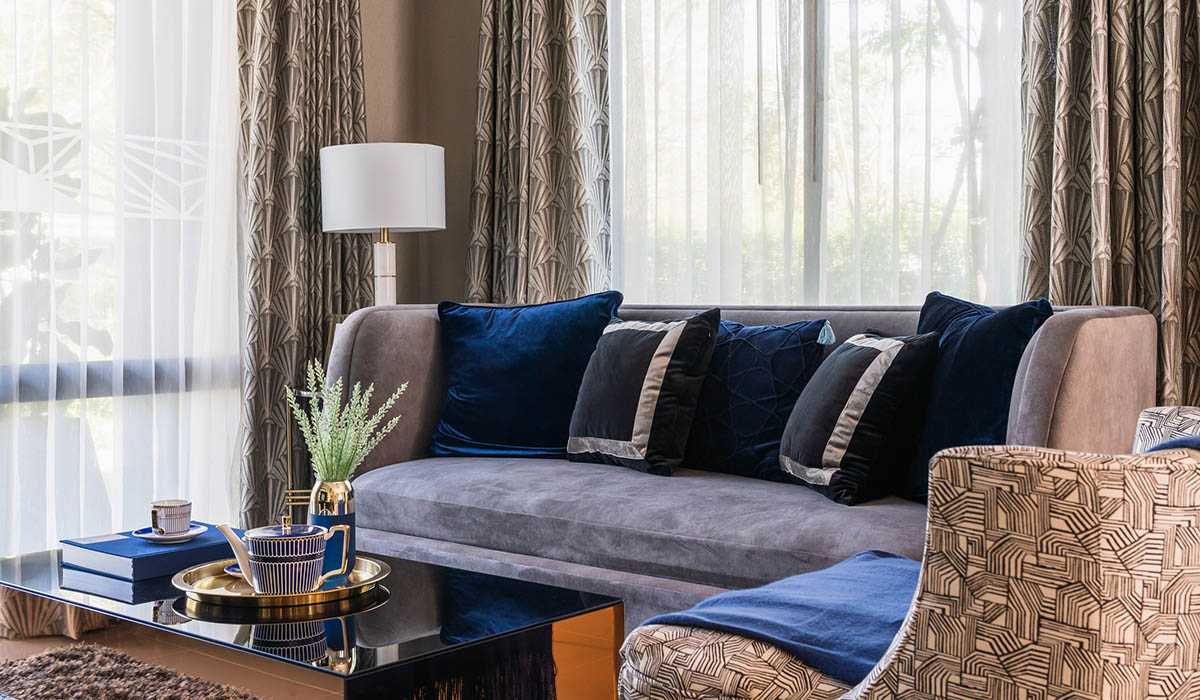
Whether you’re refreshing your home’s interior or designing your dream home from scratch, choosing the right window treatment can make all the difference. Yet many homeowners find it challenging to understand the difference between curtains and drapes.
While drapes and curtains share some similarities in appearance, they differ significantly in terms of design, functionality, and overall impact on a room. Knowing the key differences between drapes and curtains can help you choose the right solution for each room in your home.
Drapes vs. Curtains: Key Differences at a Glance
| Feature | Drapes | Curtains |
| Length | Floor-length or puddling on the floor | Varies, often ends at or below window sill |
| Fabric Weight | Heavy, luxurious materials | Light to medium-weight fabrics |
| Lining | Usually lined for blackout or insulation | Often unlined or lightly lined |
| Light Control | Excellent for blocking light and sound | Best for softening light, not total darkness |
| Design Style | Formal, dramatic, luxurious | Casual, breezy, versatile |
| Best Use | Bedrooms, formal living/dining rooms | Kitchens, family rooms, layered with blinds |
What Are Drapes?
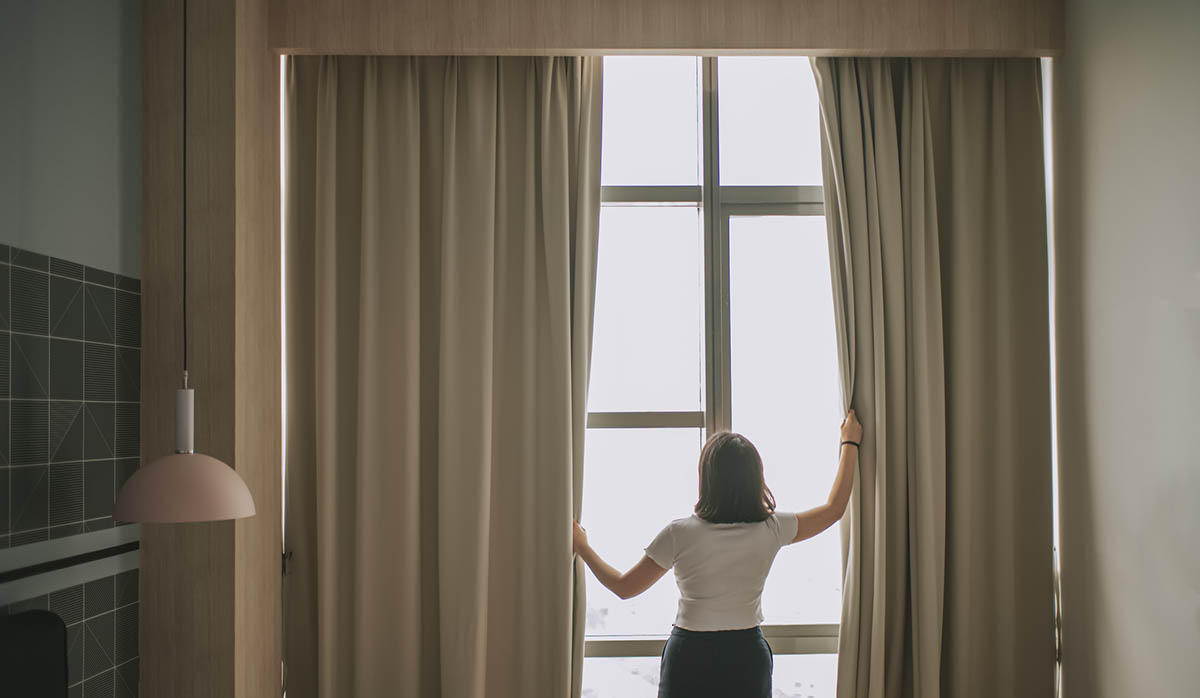
Drapes are long, heavy fabric panels that typically extend from ceiling to floor, often lined to block out light and insulate a room.
Drapes are typically more formal and decorative than regular curtains and are often custom-made to fit each window perfectly. Made from rich, heavier materials such as velvet, silk, or damask, drapes add both texture and sophistication to interior design.
In addition to adding richness and depth to your décor, drapes serve a clear functional purpose. They can significantly reduce heat loss in colder months, soften harsh sunlight, and even provide better sound insulation.
While their thick, dense fabric provides excellent insulation and light control, it can also be harder to maintain and may feel too heavy in smaller spaces. Drapes made from high-end materials like velvet or silk often require extra care to preserve their elegant appearance over time.
What Are Curtains?
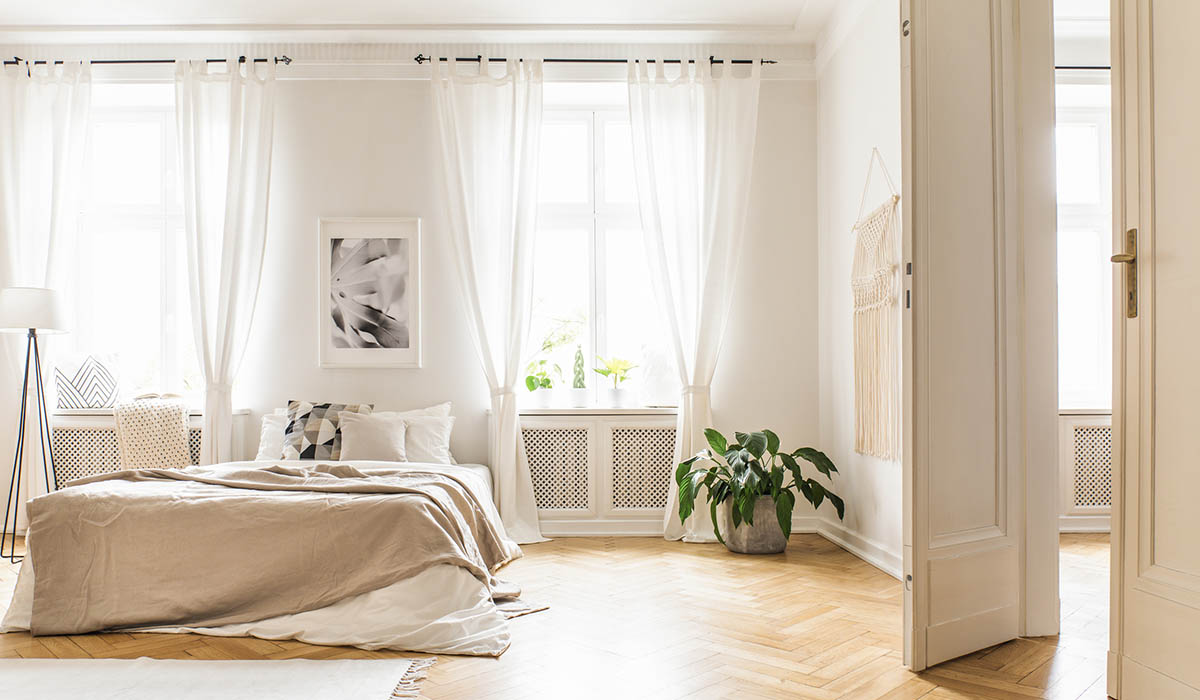
Curtains are fabric window coverings that are typically constructed from lightweight to medium-weight textiles and are designed to hang from a curtain rod using grommets, tabs, or hooks. Unlike drapes, curtains are usually unlined, allowing varying degrees of natural light to filter through depending on the fabric’s opacity.
They are available in various styles, including rod pocket, back-tab, and eyelet, and are typically used in spaces that benefit from ambient natural light. Common curtain materials include cotton, linen, voile, and synthetic blends.
Curtains come in a range of styles and functions. Lightweight, see-through versions are often called sheers because they let in a lot of natural light while offering minimal privacy. If they cover only the bottom half of a window, they’re usually referred to as café curtains.
For those looking to darken a room, blackout curtains made from thicker fabrics provide significantly more light control.
What to Consider When Choosing Drapes Vs. Curtains
Window treatments aren’t one-size-fits-all. The choice between drapes and curtains depends on several important factors. Here are some key considerations to help you decide between window drapes vs. curtains:
1. Window Treatments by Room Type
One factor to consider when choosing between drapes vs. curtains is which room you’ll be placing them in. Drapes, with their insulating and light-blocking qualities, are ideal for bedrooms, dining rooms, or formal spaces that require privacy and a more polished look. Curtains, on the other hand, offer flexibility and softness, making them a great option for casual areas like the kitchen and living room.
2. Light Control Needs
Light control is one of the most important factors when choosing between drapes and curtains. If you need to block out sunlight completely, especially in bedrooms or media rooms, drapes with blackout lining are the better choice. Curtains, on the other hand, are great for softening sunlight and brightening up a space without going fully dark. They’re ideal for areas where you still want some natural light to filter in, like kitchens or living rooms.
3. Privacy Requirements
For full privacy, especially in bedrooms or front-facing rooms, drapes are the better choice. Curtains offer lighter coverage and are ideal for casual areas where natural light and openness are preferred.
4. Insulation & Energy Efficiency
It’s easy to overlook insulation when choosing between drapes and curtains, but it plays a big role in your home’s overall comfort. For better insulation and energy savings, drapes are the better option. Their thick, lined design helps regulate room temperature. Curtains offer minimal insulation unless paired with an additional layer.
5. Maintenance & Cleaning
It’s important to consider how much time and effort you’re willing to spend on upkeep. Some fabrics require more care than others, and certain treatments, especially drapes, can be challenging and costly to clean. Curtains, on the other hand, are typically easier to care for. Most are machine washable or can be cleaned at home, making them a more convenient option for high-traffic or everyday spaces.
6. Budget & Customization
Being realistic about your budget from the beginning helps narrow your options and ensures you get the most out of your investment.
Drapes are usually more of an investment than curtains, especially if you’re going the custom route. Their high-quality fabrics, lining, and made-to-measure fit can increase the cost, but they also deliver a polished and long-lasting result. Curtains, by comparison, are often more affordable and easier to swap out when your style changes.
Custom Drapes & Curtains at Prestige Decor
At Prestige Decor, we offer custom drapes and curtains designed around you. From light control and privacy to colour, texture, and length, every detail is tailored to fit your space perfectly. Our experienced team will walk you through fabric options, suggest what works best for your lifestyle, and create a finished look that feels just right.
